Telemedicine has emerged as a revolutionary force in the healthcare industry, bridging the gap between patients and providers through digital solutions. As we move toward 2025, advancements in technology, regulatory shifts, and changing consumer expectations are shaping the future of telemedicine app development. This article explores key trends and predictions for the coming years, structured into five comprehensive chapters. Each chapter includes a table summarizing essential insights.
Telemedicine continues to transform healthcare by providing efficient, accessible, and cost-effective solutions. The integration of cutting-edge technologies such as AI, big data, and blockchain is further enhancing the capabilities of telemedicine platforms. Regulatory updates and evolving consumer needs are pushing the industry to innovate and adapt rapidly. App development companies are at the forefront of this transformation, ensuring that telemedicine solutions remain secure, user-friendly, and highly functional. As we approach 2025, understanding these trends is crucial for developers, healthcare providers, and policymakers. This article delves into the major developments shaping telemedicine, offering insights into the future of digital healthcare. Each chapter provides detailed analysis and a summary table for better comprehension.
The Growing Demand for Telemedicine Apps

Telemedicine apps are revolutionizing the healthcare industry, driven by the increasing demand for convenient and accessible medical care. As people seek faster, more affordable healthcare solutions, telemedicine platforms enable virtual consultations, remote monitoring, and easy access to prescriptions, making healthcare more efficient and less time-consuming.
The COVID-19 pandemic accelerated the adoption of telemedicine, but its popularity has continued to grow post-pandemic. Patients now appreciate the ability to consult with healthcare providers from the comfort of their homes, eliminating the need for travel and long waiting times. For healthcare providers, telemedicine offers the opportunity to expand their reach, providing care to underserved populations in remote or rural areas.
Telemedicine apps also help alleviate the burden on healthcare facilities, enabling doctors to manage more patients and focus on critical cases. The convenience of these platforms benefits not only patients but also healthcare professionals, who can maintain a better work-life balance by reducing in-person consultations.
As telemedicine technology evolves, the integration of AI, secure data exchange, and advanced diagnostics promises to enhance the quality of virtual healthcare even further. With growing demand, telemedicine apps are poised to become a permanent fixture in the future of healthcare.
| Factor | Impact | Future Projection |
| Consumer Adoption |
|
|
| Provider Integration |
|
|
| Regulatory Changes |
|
|
Core Features of Telemedicine Apps in 2025
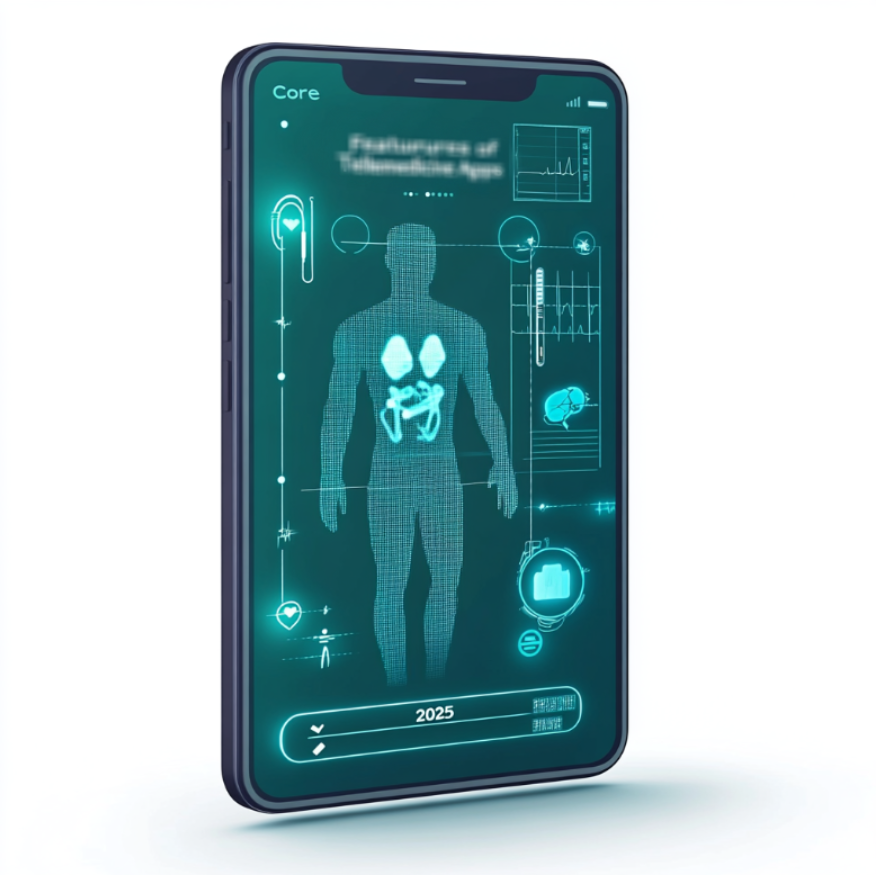
Telemedicine apps in 2025 are expected to offer advanced features that enhance patient care and streamline healthcare processes. Key functionalities will include real-time video consultations with healthcare professionals, allowing patients to receive medical advice from the comfort of their homes. AI-driven diagnostics and symptom checkers will assist in assessing conditions before consultations, improving efficiency.
Integration with wearable devices will enable continuous monitoring of vital signs, with automated alerts for any abnormalities. Secure messaging and prescription management systems will ensure easy follow-up and medication tracking. Moreover, telemedicine apps will feature robust data privacy measures, complying with healthcare regulations such as HIPAA. Enhanced user interfaces and multilingual support will ensure accessibility for a global audience. These advancements will make healthcare more accessible, convenient, and personalized, improving overall patient outcomes.
| Feature | Benefit | Expected Advancement |
| AI Diagnostics |
|
|
| Wearable Integration |
|
|
| Blockchain Security |
|
|
Telemedicine and AI – A Perfect Match
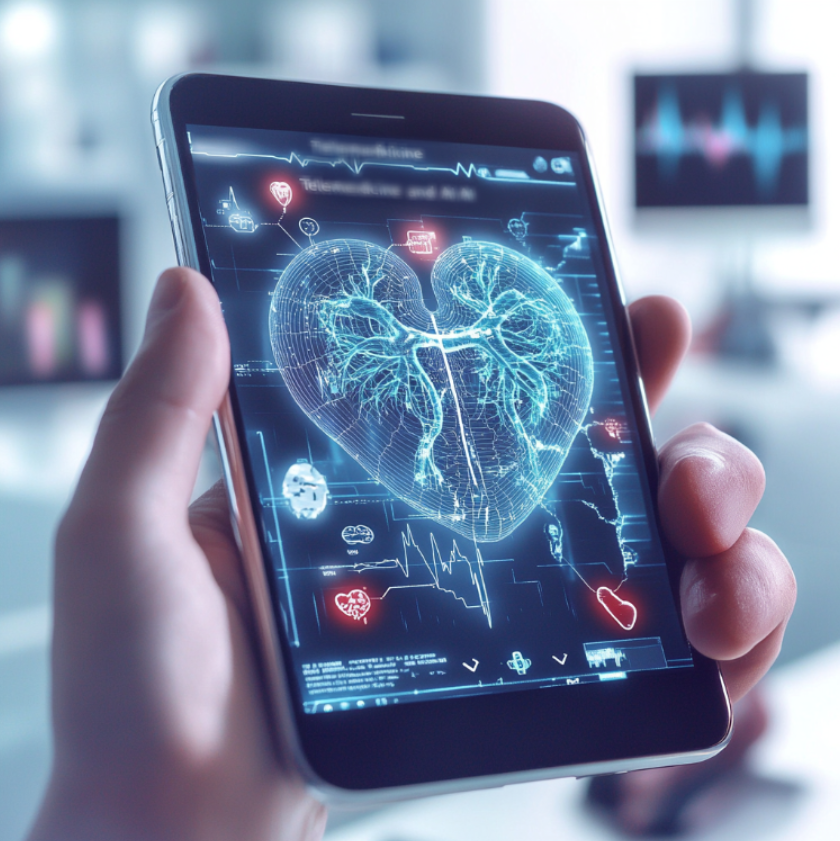
Telemedicine and AI are a perfect match, revolutionizing healthcare delivery by combining remote consultations with cutting-edge technology. AI enhances telemedicine apps by providing tools for quicker, more accurate diagnostics through data analysis and machine learning algorithms. These AI-powered systems can analyze patient data, medical images, and symptoms to offer suggestions or flag potential issues for healthcare professionals.
AI chatbots and virtual assistants improve patient engagement, offering instant responses to questions and helping schedule appointments. Additionally, AI algorithms assist in personalized treatment plans by analyzing patient histories and predicting potential health risks. Telemedicine, in turn, allows patients to access these AI-powered services from anywhere, improving convenience and reducing the need for in-person visits. This combination not only enhances healthcare accessibility but also ensures more efficient, accurate, and timely medical care for patients worldwide.
| AI Application | Impact | Future Potential |
| AI Chatbots |
|
|
| Predictive Analytics |
|
|
| Virtual Assistants |
|
|
Challenges and Solutions in Telemedicine App Development
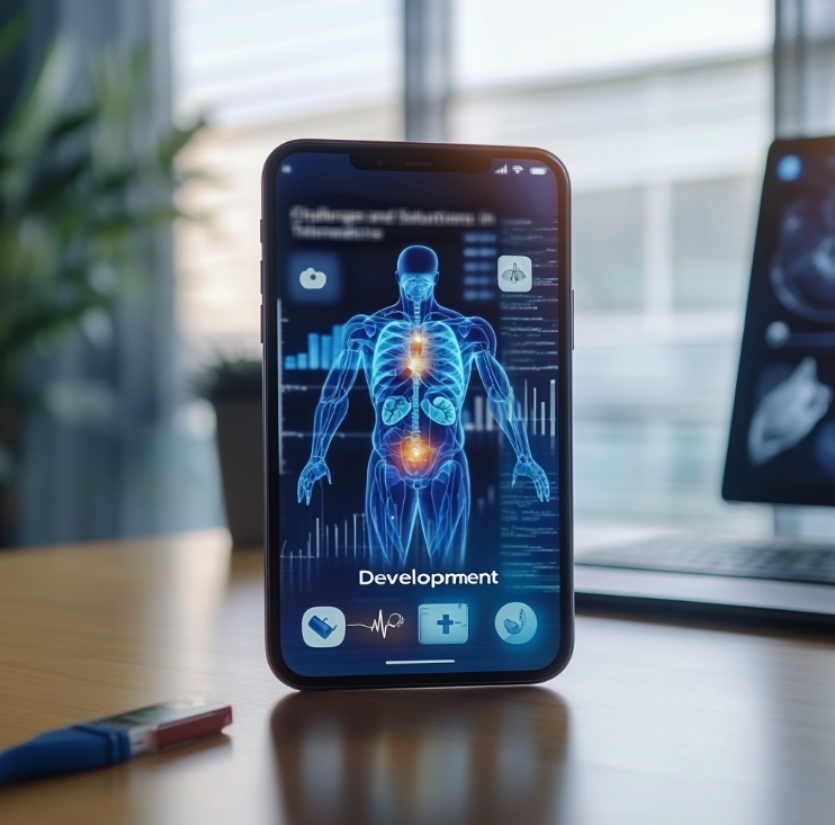
Developing telemedicine apps comes with unique challenges, but with the right strategies, these hurdles can be overcome. One primary challenge is ensuring data security and privacy. With health information being highly sensitive, developers must adhere to strict regulations like HIPAA to protect users’ data. Solution: Implement end-to-end encryption, secure authentication methods, and comply with relevant regulations to safeguard patient information.
Another issue is scalability and performance. Telemedicine apps must handle large volumes of users, especially during peak times. Solution: Utilize cloud-based services like AWS or Google Cloud to scale the infrastructure dynamically, ensuring a smooth user experience regardless of traffic.
Integration with medical devices and systems like EHRs (Electronic Health Records) can be tricky. Ensuring interoperability and seamless communication between different devices is essential for accurate diagnosis and treatment. Solution: Develop standardized APIs and ensure compatibility with common medical devices and EHR systems.
Lastly, user experience (UX) plays a critical role in app adoption. A complicated interface can deter patients from using the app. Solution: Prioritize simple, intuitive design, with easy navigation, clear instructions, and accessibility features.
| Challenge | Issue | Solution |
| Data Privacy |
|
|
| UX Design |
|
|
| Infrastructure |
|
|
Future Predictions for Telemedicine in 2025
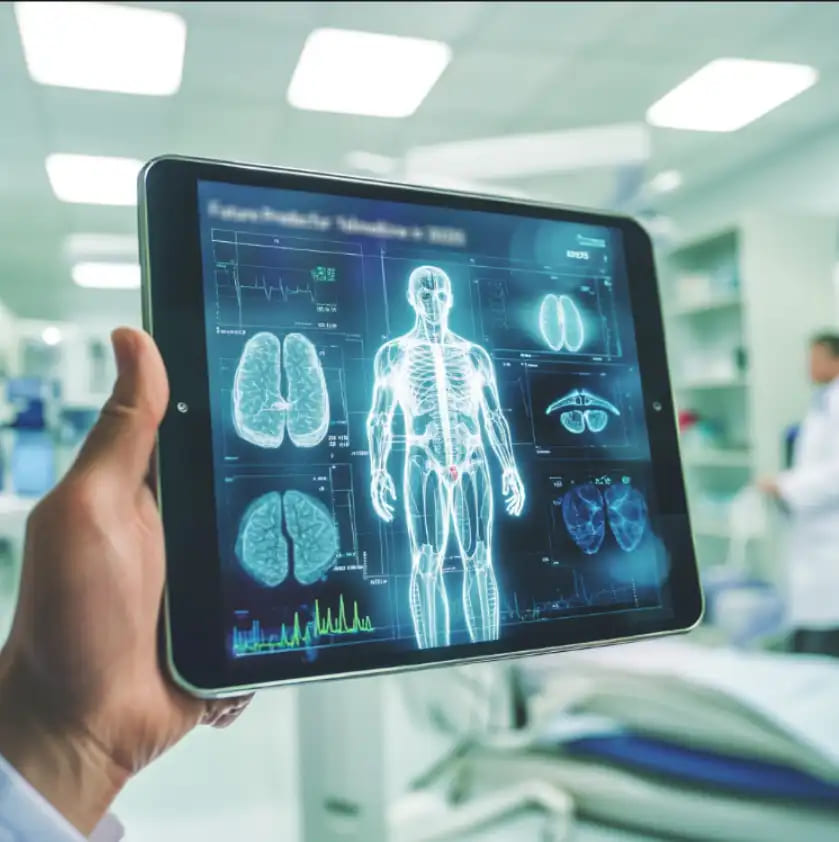 In 2025, telemedicine is expected to experience significant growth and transformation. The adoption of AI-driven diagnostics will be more widespread, enabling faster and more accurate assessments. AI tools will assist healthcare providers in analyzing patient data, leading to improved outcomes and personalized treatment plans.
In 2025, telemedicine is expected to experience significant growth and transformation. The adoption of AI-driven diagnostics will be more widespread, enabling faster and more accurate assessments. AI tools will assist healthcare providers in analyzing patient data, leading to improved outcomes and personalized treatment plans.
Remote monitoring will become even more integrated, with wearables and medical devices playing a larger role in continuous patient care. These devices will enable healthcare professionals to monitor chronic conditions in real-time, improving overall health management.
Virtual reality and augmented reality are predicted to revolutionize telemedicine consultations, offering immersive experiences for both diagnosis and treatment. Surgeons, for example, may use AR for remote assistance in complex procedures.
Finally, regulatory advancements will likely create a more unified global framework for telemedicine, facilitating cross-border healthcare services and expanding access to care worldwide.
| Future Trend | Expected Benefit | Long-Term Impact |
| 5G Telehealth |
|
|
| VR in Healthcare |
|
|
| Personalized Medicine |
|
|
Conclusion
Telemedicine has emerged as a revolutionary force in the healthcare industry, bridging the gap between patients and providers through digital solutions. As we move toward 2025, advancements in technology, regulatory shifts, and changing consumer expectations are shaping the future of telemedicine app development. This article explores key trends and predictions for the coming years, structured into five comprehensive chapters. Each chapter includes a table summarizing essential insights.
Telemedicine continues to transform healthcare by providing efficient, accessible, and cost-effective solutions. The integration of cutting-edge technologies such as AI, big data, and blockchain is further enhancing the capabilities of telemedicine platforms. Regulatory updates and evolving consumer needs are pushing the industry to innovate and adapt rapidly. App development companies are at the forefront of this transformation, ensuring that telemedicine solutions remain secure, user-friendly, and highly functional. As we approach 2025, understanding these trends is crucial for developers, healthcare providers, and policymakers. This article delves into the major developments shaping telemedicine, offering insights into the future of digital healthcare. Each chapter provides detailed analysis and a summary table for better comprehension.
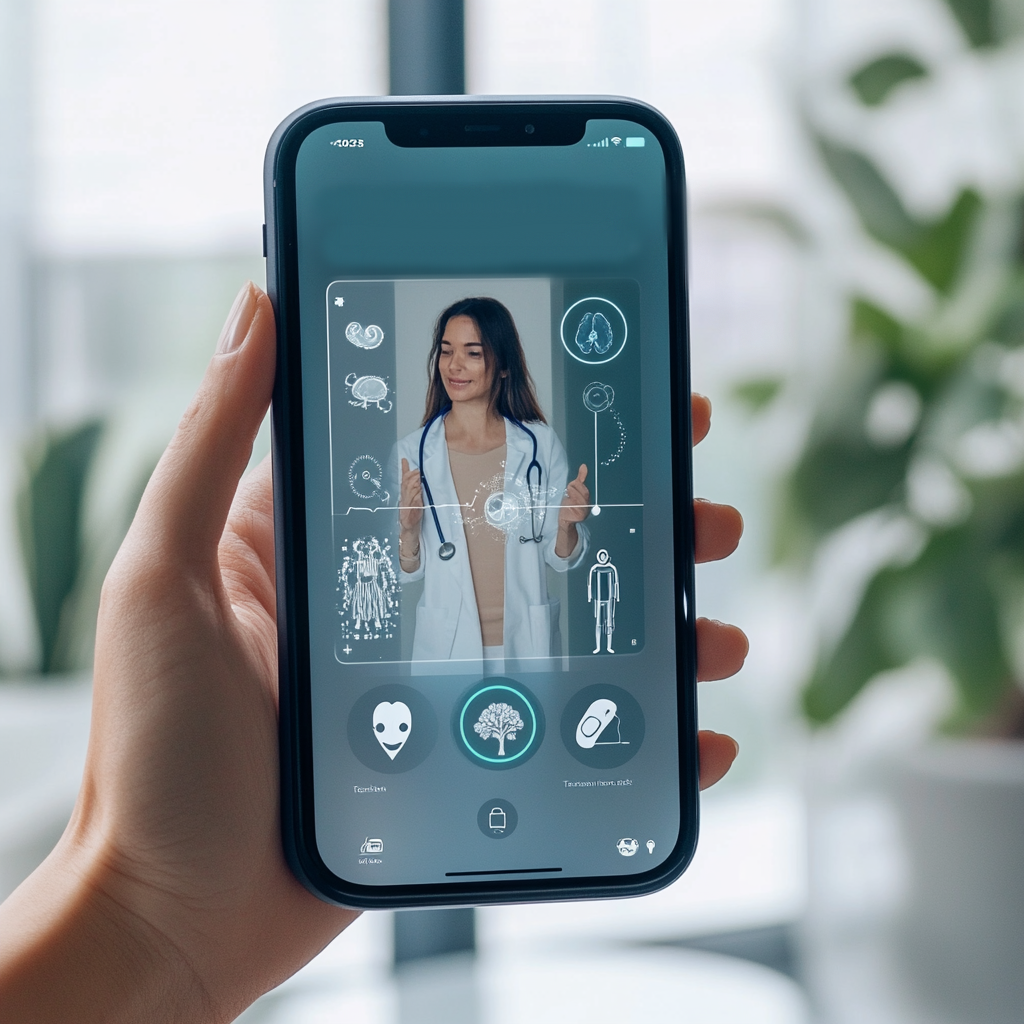
Leave a Reply